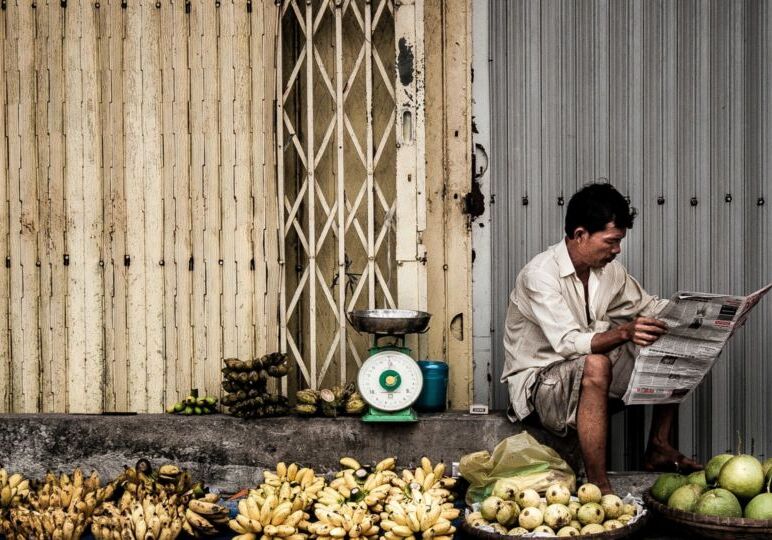New Energy: Spotlight on how Vietnam is revitalising its fuels, technologies, and business

The energy sector is a keystone of the Vietnamese economy, and is consistently evolving to keep up with this fast-developing nation’s demands. In 2019, oil production in Vietnam amounted to approximately 236 thousand barrels a day, and national consumption reached around 528 thousand barrels daily.
Industrialisation, market reforms, export market expansion and rapid economic growth have all contributed to the rise in domestic consumption, and there’s no sign of it stopping. The country’s energy demand is predicted to increase between 8.5 and 9.5% annually over the next four years.
Within this sector, fossil fuels still dominate, accounting for approximately 62% of Vietnam’s total installed power capacity. But growing environmental awareness, and a desire to move away from the volatility of oil and gas, are creating a (low carbon) atmosphere of change. Asian Downstream Insights explores the shift in Vietnam’s energy transition and the drivers behind its downstream change.
Plastics, packaging and post-pandemic resilience
As petrochemicals prove their post-pandemic resilience, Vietnam is building on a strong foundation to strengthen their position in the global market. The country’s first integrated petrochemical plant, a Long Son Petrochemicals project in Ba Ria-Vung Tau, attracted a record Bt 173 billion (c.US$ 5.66 billion) in investment at its inception in 2018, and last year received a further US$ 1.386 billion in capital from one of Asia’s leading petrochemical players, SCG.
With commercial operations by 2023, the pioneering project will have a production capacity of over more than two million tonnes per annum (Mtpa) of essential plastic materials such as polyethylene, polypropylene and other products. And it could be setting a trend for future focus, driven by domestic demand. Over recent years, the plastic packaging industry has grown at annual average growth rate of 25%. This is a prime opportunity for the domestic market to step up and fill the supply.
State-driven success
One of the original stakeholders in the Long Son petrochemicals project was state-owned Vietnam Oil and Gas Group (Petrovietnam). The government has always played a key role in revamping and revitalising the country’s energy evolution. State-owned companies account for 7% of total national assets, and over 29% of GDP. Petrovietnam’s inclusion as one of the four state-owned companies to benefit from the government’s planned policies to promote national companies to positions of leadership in their respective industries, earmarks the energy sector as a key priority for the nation’s next generation economy.
Yet, while a move away from fossil fuels may be over-hasty, Vietnam’s latest version of their National Energy Plan, emphasises a long-term goal “to optimise a new energy portfolio consisting of variable renewable energy sources”.
For oil and gas operators, new technologies can help maintain traditional refiners stay competitive amidst the rise of wind, solar, and other alternative energy sources. Carbon capture technologies can help reduce emissions, and AI, predictive and machine learning are becoming critical in the new normal to research increase productivity, minimise management and operating costs, and improve product quality. Vietnam’s oil and gas industry is one of its main procurers of imported technology.
Citizens of change
It’s not just the business that’s undergoing change. For Vũ Thị Thủy, HR Manager at Nghi Son Refinery & Petrochemical LLC, digitalisation is also blurring the boundaries between work and home.
“I think the biggest driver of change in the next normal is technology that helps people control and work from home effectively”, she explains. Yet, from her HR perspective, when it comes to employee wellbeing, the distributed workforce is a double-edged sword.
“[One of the main] HR priorities for Vietnamese companies is to come up with the ways to manage flexible working effectively while maintaining employee engagement”, she confirms. “Lack of social interaction at work” and the fact that “flexible working is also new to Vietnamese workforce”, has coupled with “the worry of being laid off or decline in income”, to mean that, in Thuy’s opinion, “[one of the] greatest changes the pandemic has made to the workforce is [the] need to develop cognitive ability to deal with stress”. For her, new technology platforms should “shape how people work and interact with each other”, whether that be through video conferencing, checking and sharing documents or platforms to track work progress. And when digitalisation makes a difference to people, it makes a difference to performance.
From policy to action
Vietnam’s energy sector, and its professionals, are at a turning point. Behind them, a country heavily reliant on coal and traditional fossil fuels. In front, a digitally-equipped workforce and a diverse portfolio, where renewables and sustainability goals are a complement, not competition, to the current cornerstones of the energy economy. Government will set the tone from the top, and strong private/public collaboration will be the nation’s driver in this new direction. There’s no doubt Vietnam has plans for its plants and refineries. Now it needs the projects, and the policy, to put them into action.